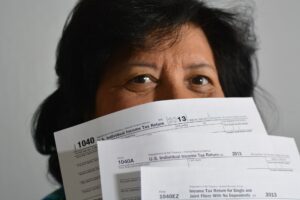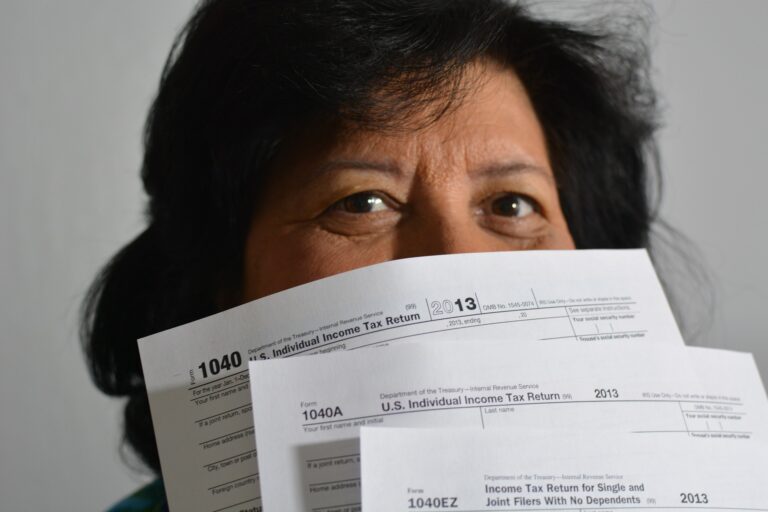The latest U.S Census Bureau data indicates significant shifts in the demographics of Illinois. From 1st July 2022 to 1st July 2023, the state saw a decline in its population by 32,826 due to decreasing numbers of White and Black residents. On the other, Hispanic and Asian communities saw growth with most rise being in Hispanic population.
Drop in White and Black Populations
Last year Illinois saw a notable drop in its White and Black residents. Data reveals a loss of both 0.9% White residents (63,936) and a decrease of 0.6% Black residents (10,013). This impacted largely on the overall population decline.
Increase in Hispanic and Asian Communities
In contrast to the declining White and Black populations are rising Hispanic and Asian communities. From July 2022- July 2023, Hispanic residents increased by 22,866 (1.0%) while Asian population rose by 12,345 (1.6%). Other groups such as those identifying with two or more races gained an additional 5,912 residents.
Trends from April 2020
From April 2020 onward there has been pronounced demographic shifts with the Hispanics growing by about 46,916 or about (2%). Meanwhile Asians increased by close to 21,948 or approximately (2.9%). In comparison white populations sharply declined by nearly 2,97,979 (3.9%) while black populations steadily decreased about 48,903 (2.7%). These figures underline important ongoing changes within Illinois.
Causes for Demographic Shifts
The surge of the Hispanic population mainly happened due to high birth rates and immigration from foreign nations. As a matter of fact, the Hispanic community counted for more new births than death cases in 2023. Around 72,2000 additionally there were an influx of newly added residents that were immigrants that were around the figure of close to 437000. Although no specific data for Illinois is available, this trend is likely to influence heavily the Hispanic boom in the state’s figures.
Shifts per Individual Age Group
The census data shows considerable changes in population on the basis of age groups. The largest drops are seen among individuals aged below 18 years and people aged between 45 – 64 years. Those below age 18 fell by a margin close to around 46,513 (1.7%), and similarly people age between 4,564 fell by approximately an amount close to 40,386(1.3%). On the other hand, there was growth in numbers for those with an age above 65. This population increased by almost 58,832 or approximately 2.7%.
Long-term Patterns
Significant ongoing shifts persist since April 2020, with remarkable youth population reduction under the age of eighteen, a decrease of about 177263 (6.1%), and also increasingly fewer people within ages between 45 and 64, resulting in decrement of about 16,3081 (4.9%). In contrast, those who are above age sixty-five decreases they faced actually rose significantly, i.e., an increment totaling around 1,57,498 or exactly (7 %) as reflected from census statistics.
United States comparison
While ageing demographics considerably consists of our national trends, demographic shifts occurring in Illinois is special. For instance, in year 2023, Illinois youth population under eighteen dropped by just 1.7%, whereas nationally it went down even less, by only 0.5%. Youths between the ages of 45 to 64 had an even wider disparity, where the population went down by 1.3% in Illinois which is more than twice as compared to 0.6% national average. On the other hand, growth of senior citizens aged above sixty-five is actually slower in Illinois 2.7% as compared to national rate 3.1%.
Consequences for Illinois
The demographic shifts carry profound implications for the state of Illinois. With fewer young people and increasing elderly residents, Illinois population is ageing faster than rest of U.S.A. Due to current and future workforce populations being on decline, this trend threatens both labor market and economy, putting economic growth and tax revenue in jeopardy, which are relied upon for long-term liabilities likes pensions.
People Leaving State
Influencing these demographic changes significantly is outmigration from Illinois at a high speed. Main reason behind this is high taxes and pursuit for improved housing existence, living conditions, and better job positions. In 2022, 97% of all people who left were those who relocated towards lower taxing states. This trend still persists higher than average taxing has long been cited by surveys as primary reason that citizens want to flee away from Illinois.
Final Thoughts
Demographical changes indicate immediate action is necessary so as to cope with drastic reduction in Illinois population count and wide economic consequences. Reversing these occurrences will require states senate leaders keeping focus on creating a competitive economical ecosystem via tax reduction measures and public policy improvements. Absent these modifications, the population issue will further intensify, resulting in more severe strain on states finances and economy. Future wellbeing of Illinois will depend largely on promptness sense of urgency, and effectiveness by which these problems get tackled.











+ There are no comments
Add yours